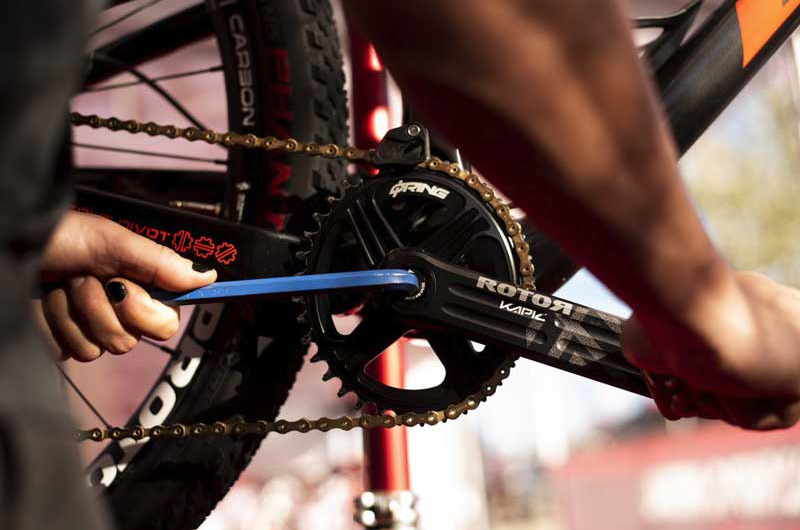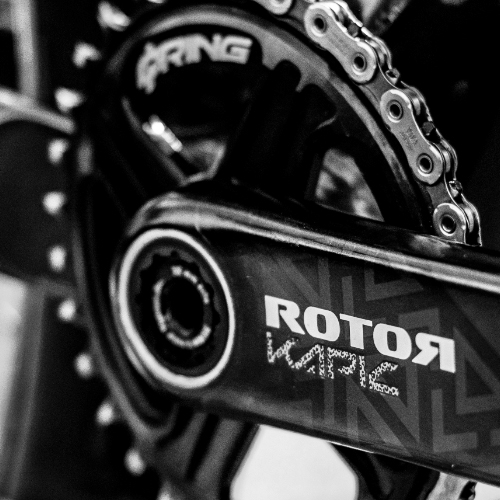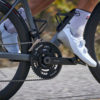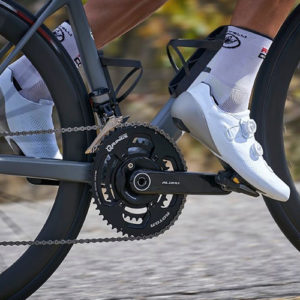No products in the cart.
Return To ShopThe advantages of Q RINGS® in MTB
This is how ROTOR’s oval chainrings help you
The advantages are obvious; oval chainrings will allow you to use a higher cadence, so muscle fatigue will be lower by avoiding those pedaling points (which exist to a greater extent in conventional round chainrings), where muscle power rises without being reflected in higher speed or better performance.
In addition, thanks to a more fluid pedal stroke that avoids peaks of muscle and joint tension, they will relieve you if you are prone to discomfort in the knees or hips. It is as simple as that as the cadence increases, the muscular expenditure is lower and the joints suffer less stress and tension, with which the complete pedal stroke generates less muscular expenditure and wear and tear. In addition, depending on the type of Q RINGS® you use, in the case of those that come with OCP technology, you can rotate the chainrings themselves so that the maximum pedaling points (greater ovalization) and the minimum (less ovalization) are adjusted to your pedaling preferences.

ROTOR’s oval chainrings ensure that their maximum ovalization point coincides with the part of the pedaling cycle where you can apply the maximum power to your pedals, while the minimum ovalization point coincides with the area of the pedaling cycle where you can apply the least force on the pedals. It’s like you have two different chainring sizes for when you can use more force or when you can use less force.
1X, nothing but advantages
Mountain biking is a great ally for ROTOR’s Q RINGS® chainrings, since today, almost all transmissions have a single chainring. This allows you to choose the one that best suits your needs, being very easy to choose the number of teeth you need and the type of anchoring of your cranks, whether they are ROTOR or other manufacturers.
To give you an example, ROTOR offers you oval chainrings with a direct anchoring system on the crank, with measurements from 26 to 40 teeth, depending on the brand of your cranks.

For all types of mounting systems
Whether you have cranks with direct mount, or if you use cranks with a spider and 4-point system and 76 or 110mm BCD, ROTOR has oval chainrings available that are compatible with almost all cranks on the market.
In addition, due to the current designs of the suspension systems, which are already adapted to 1X transmissions, the single chainrings can be oval, without their size being incompatible with any element of the frame. Here at ROTOR we always recommend that you follow the recommendations of the manufacturer of your bike, regarding the maximum size of the chainring, and that you double check before fitting ROTOR Q-RINGS.
Remember that an oval 32 tooth chainring, at its most oval part, is like a 34 tooth chainring, and at its least oval part, it is like a 30 tooth one. In this sense, the diameter varies compared to a conventional chainring, so you should take this into account when you make the move to oval chainrings.








